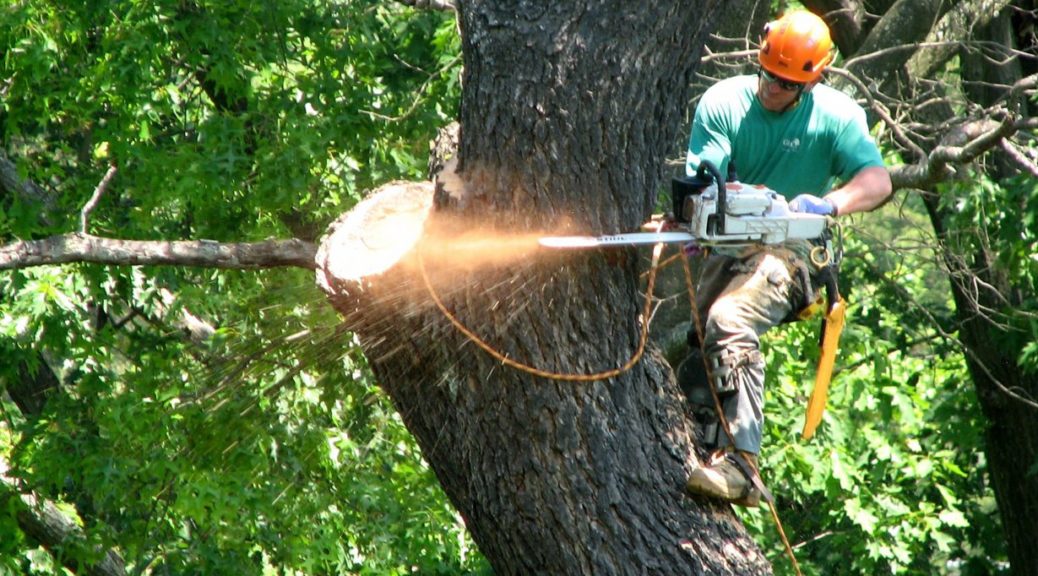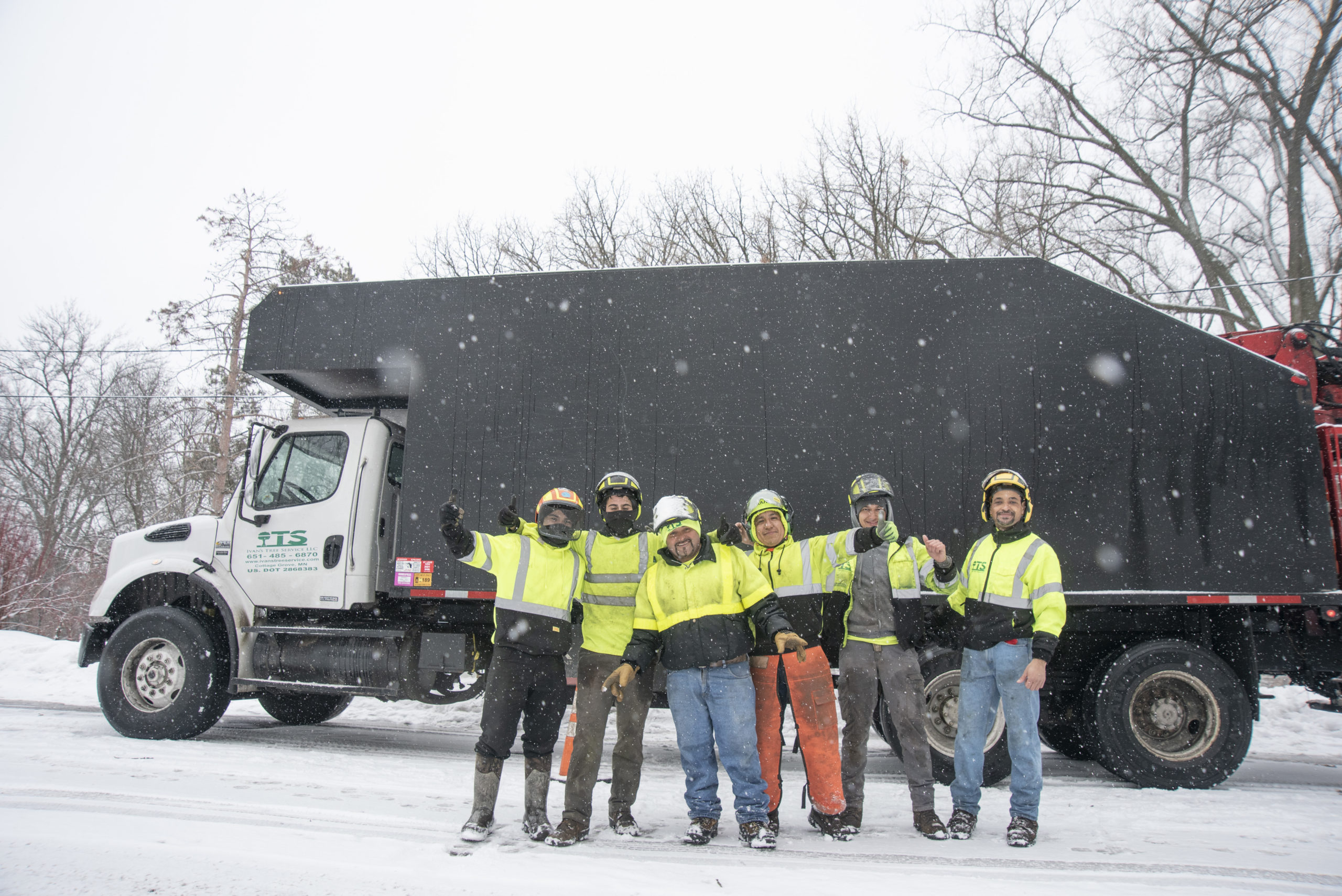Understanding the Relevance of Tree Conservation and Conservation Practices in Urban Areas
In the dynamic landscape of urban settings, trees commonly stand as quiet guardians, providing a wide range of advantages that extend much past their visual appeal. Understanding the value of tree preservation and preservation methods in these locations is not simply an environmental consideration however an all natural technique to promoting resistant and lasting areas. As we check out the interwoven fabric of environmental, social, and economic advantages that urban trees supply, it ends up being apparent that their preservation is critical for the well-being of present and future generations. Allow us start a trip to uncover the essential duty that trees play in shaping the metropolitan landscapes of tomorrow.
Environmental Benefits of Trees in Cities
Trees in urban locations play a critical function in providing numerous ecological benefits, adding to the total well-being of city slicker. One considerable advantage is the improvement of air high quality. Trees function as natural filters, soaking up pollutants such as carbon monoxide gas, sulfur dioxide, and nitrogen dioxide, and launching oxygen right into the ambience. This process helps in reducing the concentration of damaging gases, making the air cleaner and much healthier for residents.

Moreover, trees contribute to water monitoring by reducing stormwater drainage and soil disintegration. Generally, the environmental benefits of trees in cities are crucial for developing comfortable and lasting metropolitan environments.
Social Value of Urban Tree Preservation
In modern urban landscapes, the conservation of trees holds significant social value for cultivating area well-being and enhancing top quality of life. Urban tree conservation plays a crucial role in developing spaces for social interaction and community engagement. Trees offer meeting place for people, such as parks and environment-friendly locations, where areas can come together for recreational tasks, gatherings, and leisurely strolls. The existence of trees in city settings has been connected to lowered levels of stress, improved mental wellness, and boosted sensations of well-being amongst homeowners. In addition, trees contribute to the appearances of areas, producing aesthetically enticing environments that enhance the general livability of urban areas.

Economic Worth of Tree Preservation
The conservation and conservation of urban trees provide significant financial advantages that contribute to the total economic health of communities and cities. Urban trees give a vast array of economic advantages that favorably affect regional economic situations. One substantial financial benefit of tree conservation is the boost in residential or commercial property worths. Trees enhance the aesthetic appeal of communities, causing greater building worths and bring in prospective buyers or occupants. Furthermore, urban trees help in reducing energy prices by providing color in the summer season and working as windbreaks in the winter, thereby decreasing the need for home heating and cooling systems.
Furthermore, trees play an important role in reducing stormwater overflow and reducing the impacts of flooding, which can result in cost financial savings for cities in terms of framework repair and maintenance. Urban trees additionally add to enhanced air top quality by taking in contaminants and releasing oxygen, causing prospective cost savings in medical care expenses related to respiratory system illnesses. By identifying and investing in the economic worth of tree preservation, cities can promote lasting advancement, boost top quality of life, and produce more resilient city atmospheres.
Techniques for Sustainable Urban Tree Monitoring
A detailed approach to sustainable city tree monitoring involves integrating diverse approaches that focus on long-lasting ecological health and area well-being. Carrying out tree inventories and assessments is vital to comprehend urban tree populations, their health and wellness, and maintenance needs. Normal trimming, watering, and mulching are important practices to guarantee tree vitality. Taking on tree growing programs that concentrate on climate-resilient and native types can enhance metropolitan biodiversity and sustainability.
Area interaction plays an essential duty in lasting city tree administration. Enlightening locals concerning the benefits of trees, organizing tree growing events, and involving volunteers in tree care activities cultivates a feeling of ownership and stewardship. Cooperation between neighborhood federal government, ecological companies, and locals is essential to developing and implementing efficient tree monitoring strategies.
Buying green framework, such as city forests and green roofings, can give several advantages, consisting of boosted air top quality, stormwater monitoring, and metropolitan warm island reduction. RC Property Services Guilford CT. Incorporating trees into metropolitan planning and layout processes makes sure that trees are valued as essential parts of a healthy and balanced and durable urban atmosphere
Neighborhood Participation in Tree Preservation
Community involvement is an essential component in fostering lasting urban tree management methods and ensuring the lasting health and wellness and conservation of metropolitan tree populations. Engaging the community in tree preservation efforts can lead to increased understanding, recognition, and stewardship of trees within metropolitan areas. When residents proactively take part in tree maintenance, planting, and conservation efforts, they establish a feeling of ownership and pride in their local atmosphere.
Area participation also advertises social cohesion and cooperation among citizens, regional authorities, and environmental organizations, cultivating a shared responsibility for metropolitan tree preservation. By arranging tree growing events, instructional workshops, and volunteer chances, areas can function together to boost the urban tree canopy and produce greener, healthier cities.
Conclusion
To conclude, urban tree preservation and preservation methods play a vital function in enhancing the environmental, social, and financial health of cities. By recognizing the worth of trees in metropolitan locations and executing sustainable monitoring methods, areas can enjoy the countless advantages that trees offer. It is vital for stakeholders to proactively join tree conservation efforts to ensure a greener and healthier city environment for current and future generations.
